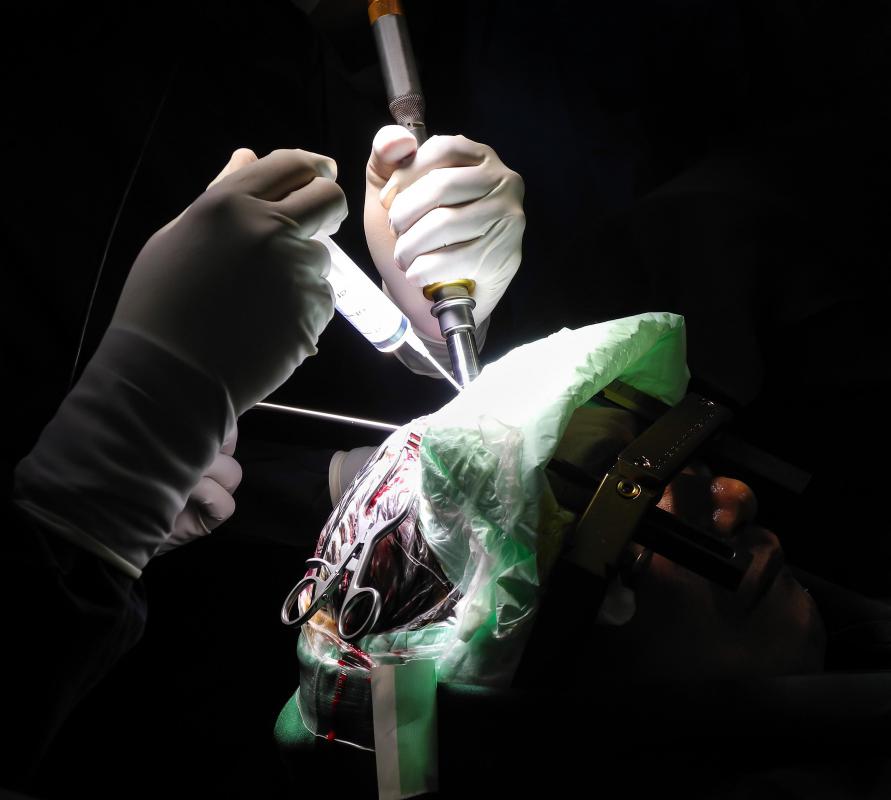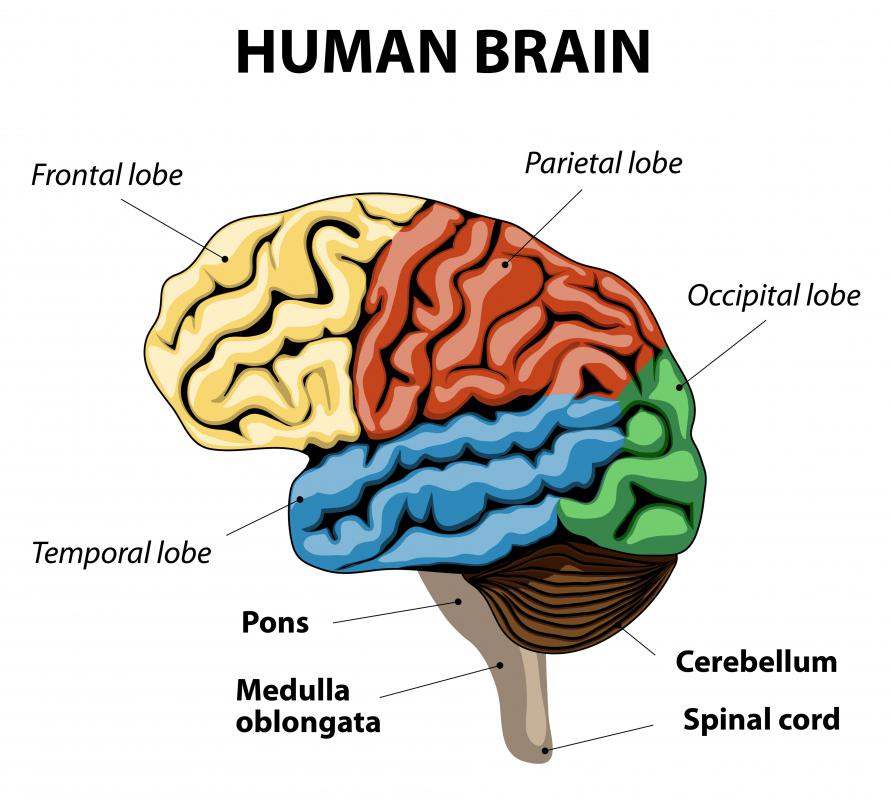At TheHealthBoard, we're committed to delivering accurate, trustworthy information. Our expert-authored content is rigorously fact-checked and sourced from credible authorities. Discover how we uphold the highest standards in providing you with reliable knowledge.
What is an ACom Aneurysm?
An ACom aneurysm is a swelling in the anterior communicating artery in the brain, a key part of the brain's vascular system. The swelling in the artery creates a risk of rupture, potentially causing serious complications for the patient. This condition is treatable with surgery and outcomes for patients vary, depending on when the problem is caught. About 15% of patients with an ACom aneurysm may experience long-term impairments after treatment. Each individual case varies and a patient's physician can provide more information about available treatment options, and the benefits and risks associated with each option.
This artery is part of the Circle of Willis, a key group of arteries responsible for supplying blood to the brain. The brain has very high oxygen and nutrient requirements and the flow of blood to the brain is critical. This artery is one of the connecting points supplying blood to branching arteries in the brain, and the ACom aneurysm is one of the most common types of aneurysm found in the Circle of Willis. The causes are not fully understood but things like smoking are contributing risk factors.

In patients with this type of aneurysm, the artery starts to bulge, and the patient can experience vision problems and cognitive deficits. As the walls of the artery swell, they can become more delicate and it may rupture. Rupture would cause a hemorrhage in the brain, leading to increased pressure inside the skull and damage to the brain cells. In addition, additional brain cells will die because their blood supply will be cut off. This can lead to permanent brain damage.

Patients may be diagnosed with an ACom aneurysm when they go to the doctor for treatment of vision problems and other neurological symptoms. Medical imaging studies of the brain can be used to look at the flow of blood in the brain and to check for abnormalities. Treatment options depend on the size of the aneurysm. A small aneurysm may simply be monitored, as surgery can be invasive and the risks may be too high. Larger aneurysms may require a surgical repair to address the swollen vessel, and if the vessel ruptures, emergency surgery is required.

Impairments in patients with lasting injuries associated with an ACom aneurysm usually involve memory loss. The patient can have difficulty with tasks involving memory and may also experience a phenomenon where artificial memories are created. This is known as confabulation. Patients can also develop personality changes as a result of damage to the frontal lobe.
AS FEATURED ON:
AS FEATURED ON:

















Discussion Comments
@hamje32 - I don’t know; the article mentions smoking as one culprit. It also talks about the lack of oxygen supply to the brain, so I guess you could start there.
Anything that could constrict the oxygen supply could create the problem perhaps, maybe like not drinking enough water (I don’t think many people suffer from that) or perhaps eating foods that clog the arteries.
It’s too bad we don’t understand more about these things, but eating right and exercising certainly couldn’t hurt.
I knew a guy way back in college who had suffered a brain aneurysm and lived through it. I was shocked at the time because I didn’t think that a brain aneurysm could affect someone that young.
It’s basically a mini stroke of the brain if you will, and I don’t associate strokes with young people. But he lived through it after getting hospitalized and receiving treatment.
I wish we understood what causes these things to happen so that can take more preventive measures. I mean I understand that we know the medical reasons for what’s taking place, as the article is explaining, but what I don’t understand is what causes it to begin with.
I am thinking it may have something to do with diet or something; heart strokes are related to diet and lack of exercise, so maybe that is the case here.
Post your comments